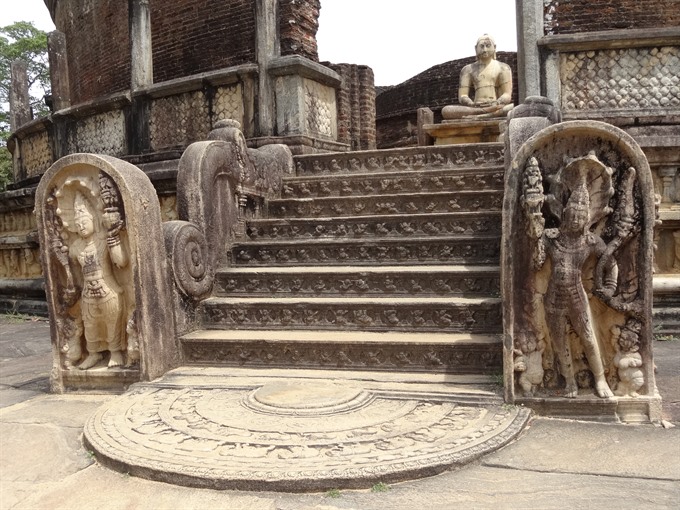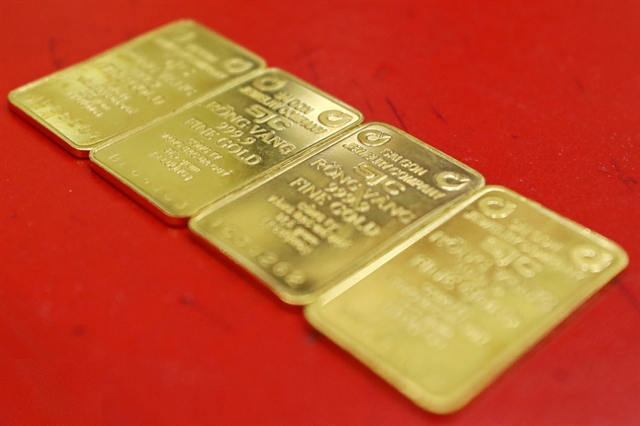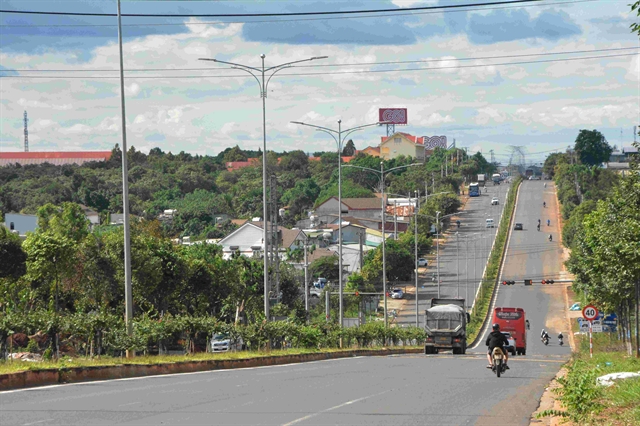Viet Nam News This year Sri Lanka celebrates its 70th Anniversary of Independence and 48 years of formal diplomatic relations with Việt Nam. Ambassador of Sri Lanka to Việt Nam Hasanthi Urugodawatte Dissanayake shared a message with Việt Nam News readers about the mutual co-operation between two countries and the achievements of Sri Lanka in the recent years.
Looking back at Sri Lanka’s progress over the past 70 years, we are proud that the free education and free healthcare systems in the country outshine all others. They have led Sri Lanka to become a country with a high level of human capital, currently ranked 73 in the Human Development Index. Above all, Sri Lankans can be proud of their democratic traditions, having gained universal adult franchise in 1931, for both men and women. On the economic front, Sri Lanka has reached Middle Income Status with per capita GDP of US$ 3,835.
Sri Lanka’s relations with Việt Nam are rooted in the two countries’ affinity for Buddhism and were later nurtured through Sri Lanka’s strong solidarity towards Việt Nam’s struggle against colonialism.
Although Buddha was born in modern-day Nepal and lived in India, it was in Sri Lanka that Theravada Buddhism continuously flourished in its purest form.
According to the Sri Lanka’s historical chronicles, the Buddha visited Sri Lanka three times.
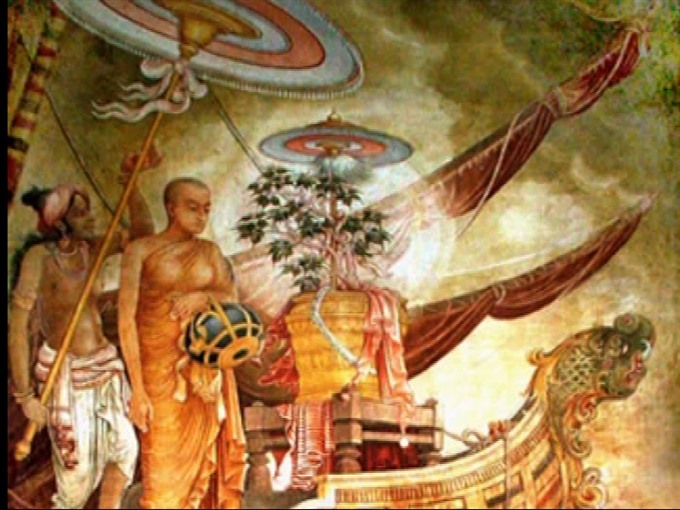 |
| Arboreal: Painting at Kelaniya Temple by neo-classical artist Solias Mendis (1897 –1975). This painting depicts Ven. Sangamitta, arriving in Sri Lanka, with the sapling of the Bodhi Tree, from the original Bodhi Tree at Bodh Gaya, India, in the third century BC. — Photo courtesy of the embassy |
In the third century BC, Emperor Asoka of India sent his own son, Venerable Mahinda, to introduce Buddhism to Sri Lanka during the reign of King Devanampiyatissa. The Mihintale area, where the two met, was later declared as a wildlife sanctuary by the King and is the world’s first wildlife sanctuary. Later, he also planted the Sacred Bo sapling, brought by Venerable Sangamitta, daughter of Emperor Asoka. While the original Bodhi Tree disappeared in India, the Sri Maha Bodhi continues to grow in Anuradhapura and is recognised as the world’s oldest tree with a recorded history.
For the first time in 84BC at Matale Aluvihare Temple, Buddha’s teachings were recorded during the fourth Buddhist Council.
In the fourth century, the Tooth Relic was brought to Sri Lanka and since then possession of it has become a symbol of kingship. Today, it is enshrined at the Temple of the Tooth Relic in Kandy.
During Anuradhpura Kingdom (the fourth century BC to the 11th century) Buddhism flourished with royal patronage. During this period many large Buddhist stupas (pagodas), Buddha statues and monasteries were built. Most of these edifices are still in tact after nearly 2,000 years of exposure to tropical weather. Sri Lanka’s archeological conservation uses modern technology for its exploration, excavation and conservation work with six universities training graduates in archaeology.
The Polonnaruwa Kingdom (11th to 13th century) also left us with many Buddhist heritages. Thereafter the seat of the capital moved frequently and finally to Kandy. In spite of these frequent moves, construction of Buddhist monuments continued.
Among some of the most significant Buddhist heritages are the Jetavanaramaya Stupa in Anuradhapura, which is the second tallest non-pyramidal building with a height of 122m and is still the largest in terms of the base with an area of 233,000sq.m. Approximately 93.3 million baked bricks were used in its construction.
Aukana Buddha Statue is another magnificent free-standing statue. Carved out of a single rock, it is the tallest Buddha statue (11.84m without pedestal and with pedestal 13m) in existence today.
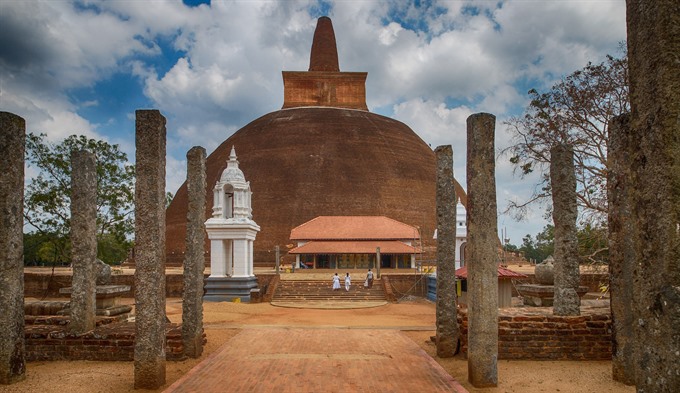 |
| Impressive: Abhayagiri Stupa (the second century BC). One of the largest Stupas in Anuradhapura and in the ancient world. — Photo courtesy of the embassy |
Alahana Parivena in Polonnaruwa was a monastic hospital and is the only hospital site in the world to use a number of precision surgical instruments and medical equipment, including different-sized bronze probes for the application of medicine at sensitive spots, such as eye-lids and nostrils.
Anuradhpura, Polonnaruwa and Kandy cities are today UNESCO World Heritage sites. Dambulla Cave Temple, dating back to the first century BC, is also a UNESCO Heritage.
Meanwhile, the Southern coastal belt of Sri Lanka is dotted with many Buddhist temples dating back to around 200 years, full of southern tradition Buddhist art which also depicts the influences of European contemporary art and architecture.
Among Sri Lanka’s Buddhist festivals, Vesak is the most important, on the full moon day of May. At the temples devotees make offerings and meditate. Houses and public places are decorated with colourful lanterns and pandals. Further, many people offer free food and non-alcoholic beverages to members of the public who visit temples and go around to see Vesak decorations.
The Kandy Esala Perahera (procession) also known as the Festival of the Tooth is a grand festival held in July and August in Kandy. This historical procession pays homage to the Sacred Tooth Relic, enshrined at the Sri Dalada Maligawa. The Tooth Relic is placed in an enclosure and atop a decorated elephant. In the procession, there are hundreds of decorated elephants and traditional dancers and drummers. The procession parades the streets for two weeks.
There are over 12,000 Buddhist heritages spread over the entire island and many Buddhist festivities all year around. Hence there is no doubt that when it comes to Buddhist heritage, Sri Lanka is second to none. — VNS
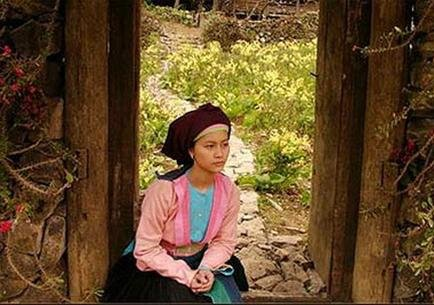 Life & Style
Life & Style

